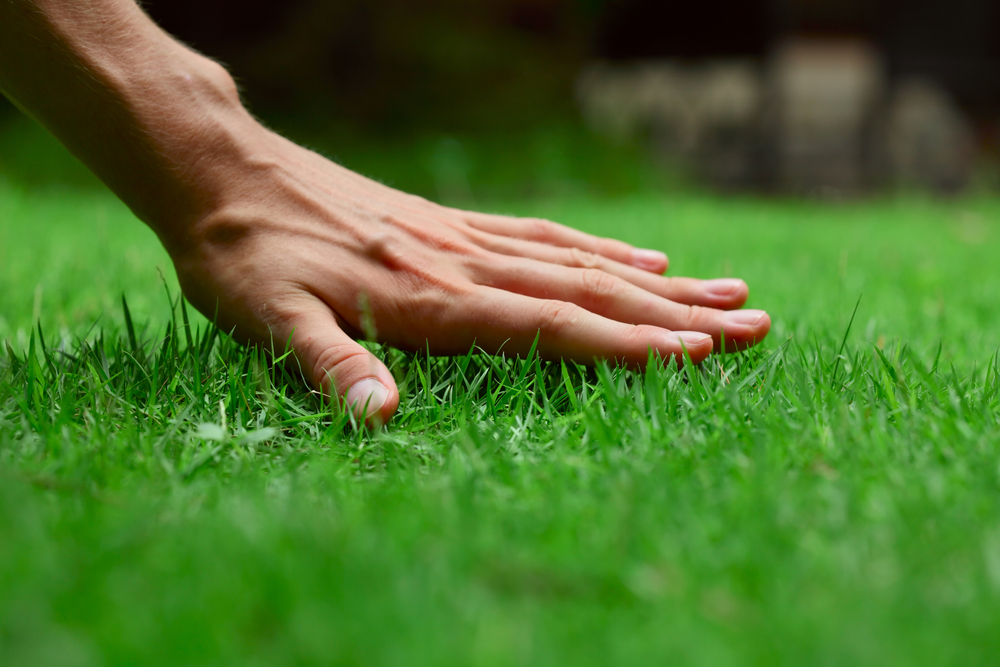It’s not uncommon to see homeowners practice terrible lawn care habits in their zeal for the most beautiful lawn on the block. Overwatering, watering at the wrong time of day, and planting the wrong type of plants and grass, can lead to a lot of extra money spent on landscaping, as well as an unsustainable approach to lawn care.
As the saying goes, “every day is Earth Day,” and April is a terrific month to adopt some eco-friendly lawn care habits that may also save you money in the long run.
Try a Zone-Appropriate Grass Type
Unless you’re starting from scratch, you might not have the opportunity to install a wholly organic lawn, garden, or landscaping plan. However, you can adopt earth-friendly organic lawn care habits at any time with a few straightforward changes to your regular maintenance routine.
According to Planet Natural Research Center, it’s not necessary to get the “perfect” lawn that’s often only possible with a load of other chemicals and harmful components.
“The problem with the perfect lawn is that it wreaks havoc on both your wallet and the environment. Between 30 and 40 million acres of land in the U.S. are devoted to turfgrass, and Americans collectively spend big bucks — about $40 billion annually — on seed, sod, and chemicals.”
Apparently, much of the money spent on pursuing the ideal lawn is in the chemicals that are designed to help the grass in a “superficial” way instead of an earth-friendly way. Many towns around the country have actually banned the use of some chemicals.
Further complicating matters is the fact that the most popular type of grass – Kentucky bluegrass – requires an extraordinary amount of water and care to maintain.
Rather than planting the grass that looks best, eco-conscious lawn care experts recommend choosing a grass that’s native to the area. Green Source DFW ran an article a few years ago that suggests drought conditions in North Texas have demonstrated the importance of using zone-appropriate and native grasses in landscaping.
“These lawns, which are typically composed of exotic turf like Bermuda and St. Augustine, drain their owner’s time and wallets while also harming groundwater, beneficial insects, butterflies, birds, and clean air.”
One of the problems that occurs in times of drought and scarce rain is that people try to keep their exotic lawns alive by pouring more and more water onto them, which makes it difficult for local water supplies to keep up with the demand.
You may not need to go as far as installing “xeriscaping” on your front lawn, but a landscaping plan that doesn’t require an extraordinary amount of water can help your wallet, the planet, and even need less time to maintain.
Water Your Lawn Sparingly
Overwatering grass is an extraordinarily destructive practice that doesn’t make lawns any greener and wastes the most precious resource on the planet. Conventional wisdom suggests watering your lawn two to three times a week is plenty, and that conserving water during times of drought is more important than having a bright green grass.
You may need to experiment for a few weeks or months to find the right spring and summertime balance for watering your lawn. When your lawn is established and healthy, it can actually survive a few weeks without water and recover without too much extra work from your watering hose.
Care for Your Lawn & the Planet with Executive Lawn Care
Would you like to create a lawn that’s beautiful and healthy for the planet, too? With help from the lawn care experts at Executive Lawn Care, you can enjoy a beautiful lawn every day. Contact us today for more information.


